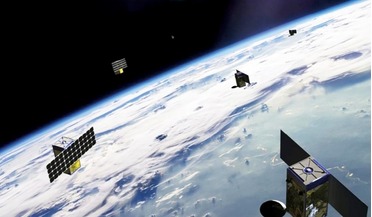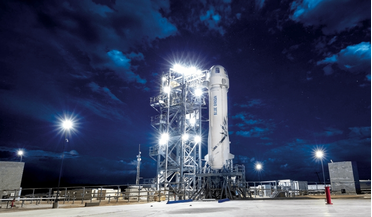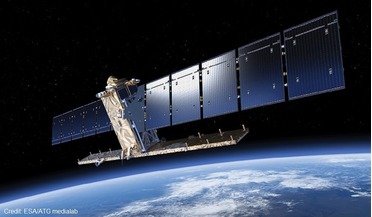 September 2020
Tackling space debris - a global priority
September 2020
Tackling space debris - a global priority
...000 trackable objects - larger than 5-10 cm in low Earth orbit (LEO) and 30 cm to 1 m in geostationary orbit (GEO) - and several thousands to millions of non-trackable debris particles in orbit around the Earth. Spacefaring nations continue to launch...
 April 2019
The changing economics of space
April 2019
The changing economics of space
... around Earth. Enabling missions So, what can be done to introduce some flexibility and adaptability into the geostationary orbit as well? Answers to this question are starting to emerge as mission planners look at the possibility of servicing large...
 October 2019
Reusability is key to expanding future space launch business
October 2019
Reusability is key to expanding future space launch business
... of New Glenn. Commercial markets With New Glenn we’re looking at four key segments in the commercial market: geostationary orbit (GEO), non-geostationary, low Earth orbit (LEO) constellations and other non-GEO constellations. The traditional...
 October 2015
Copernicus, ESA’s most ambitious Earth Observation programme
October 2015
Copernicus, ESA’s most ambitious Earth Observation programme
...and ultraviolet/near infrared sounding observations from geostationary orbit that will result in three-dimensional information ... be positioned over the same longitude in their geostationary orbits. The sounding element will also host the Copernicus...
 November 2021
Space insurance and the future of risk management
November 2021
Space insurance and the future of risk management
... services. Today, most commercial satellites are covered for launch and in-orbit lifetime, which is typically up to 15 years for a communications satellite based in geostationary orbit (GEO) and usually 10 years or less for a spacecraft in low Earth...
 July 2016
France, Europe and Russia - two decades of space launch cooperation
July 2016
France, Europe and Russia - two decades of space launch cooperation
... of the Soyuz vehicle as well as the location of Kourou near the equator, which allows the payload for geostationary orbit to be increased from two to more than three tonnes with specifically dedicated launch pads, was first effected...